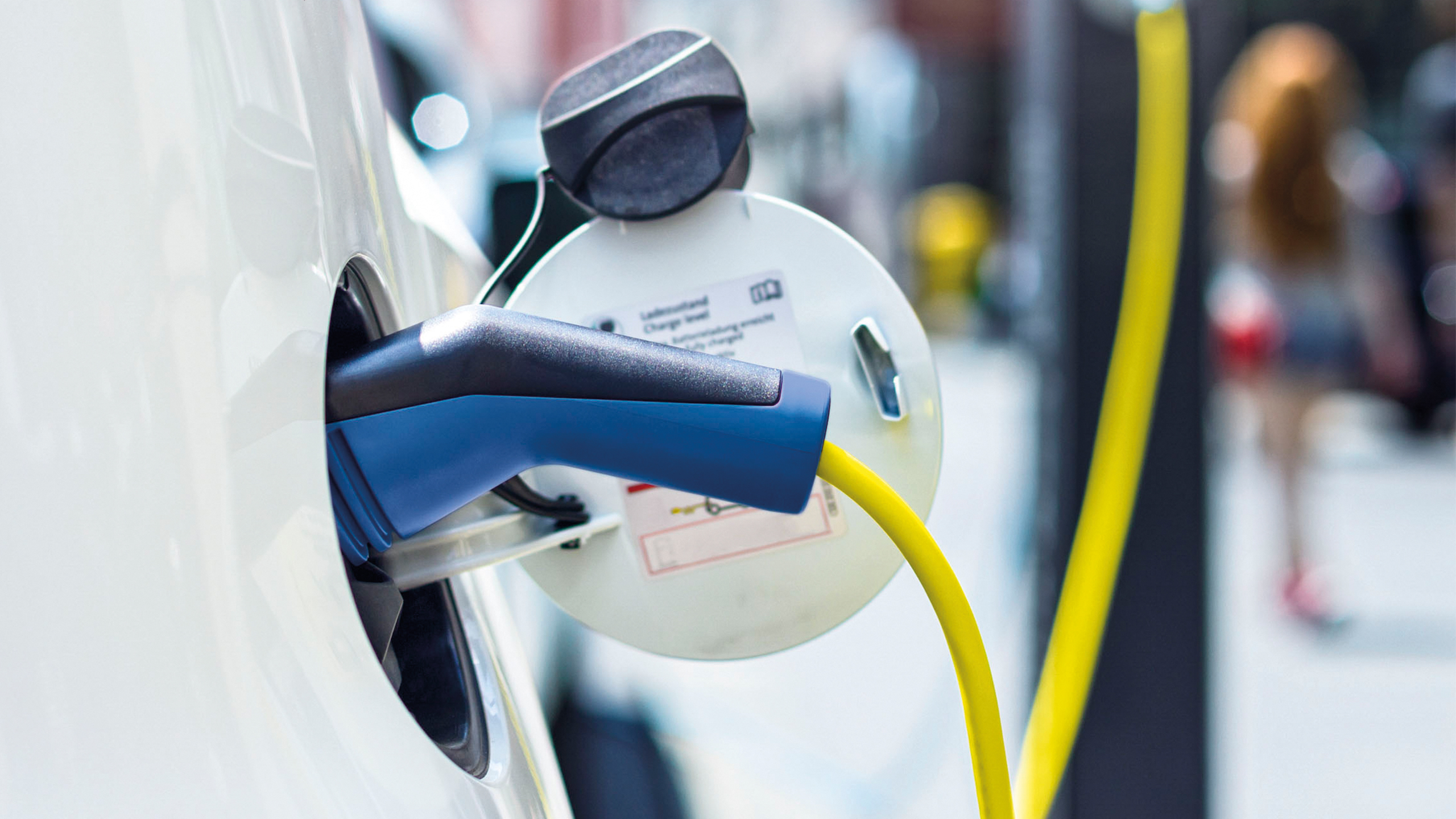New Impetus for the Mobility Transition
A software solution from IAV analyzes the drivability of electric cars and provides recommendations for developing charging and electricity infrastructures by mouse click
20 Topic focus | automotion Inadequate charging infrastructure is curbing the growth of electric mobility. Only if sufficient charging points are available at the right places will people switch to electric vehicles. But many battery recharging stations are creating a new problem: power grids need gearing up to cope with the additional load. A software solution from IAV shows in detail where charging infrastructure needs improving and where grid operators should invest in expanding power supply.
To define the best possible sites for charging points and identify power grid deficits, IAV’s software uses the data gathered by realworld e-vehicle fleets – e.g. from cellular phone providers that log journeys in enormous quantities. Thanks to GPS receivers and connectivity, these companies always know exactly where and how long which vehicle is stationary and the journeys and distances it has traveled. “We use this data for defining sourcedestination matrices”, explains Dr. Michael Monteforte, development engineer at IAV’s Digital Lab. “On this basis, our software identifies geographic clusters where many electric cars are parked.” Extensive information is available for these clusters: when and where did a vehicle park? Which distance was covered? How much energy did it take?
This gives the operators of charging points an indication of where they ought to be developing their existing charging infrastructure and how the new charging points should be configured. Not only that, though: the data also shows the total charging capacity for all vehicles – important information for the power grid operators. “Load flow calculations can be used for determining the load that charging points place on power grids”, says Nanke Steenhusen, engineer in IAV’s Power Grid section. “For an existing infrastructure our software can determine which demand for charging power could not be covered and whether there are any hotspots in need of improvement. This allows grid operators to assess those parts of their power grid they should be modernizing.”

Berlin 2030: huge loads for the electricity grid
Our developers have demonstrated what the software can do using the example of Berlin. Qualitatively, the results came as no surprise. Parking duration was highest on the outskirts and lowest downtown. The quantitative conclusions are of far greater interest. If the number of electric cars in Berlin increases to 250,000 by 2030 as predicted, and mobility behavior remains unchanged, a hundred new battery charging stations will be needed at heavily frequented spots alone, such as Alexanderplatz, Kurfürstendamm and Potsdamer Platz – with serious impacts on the power grid: “At peak times, such as early evening, huge loads of up to two megawatts will be commonplace”, Steenhusen says. This poses completely new challenges for the power grid which operators will need to address with active load management and intelligent power grid planning.”
IAV offers charging point and power grid operators to compute how they need to develop their infrastructures. If requested, we can also take care of planning grid development. “But our software solution is also of interest to managing urban parking spaces and upgrading them with a charging infrastructure, e.g. parking blocks, tenement underground parking and large staff car parks”, Steenhusen says. “We can also conduct our analyses for fuel cell vehicles with a view to optimizing the hydrogen supply chain.”


